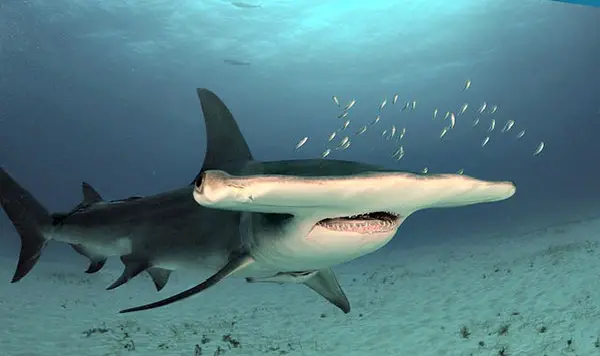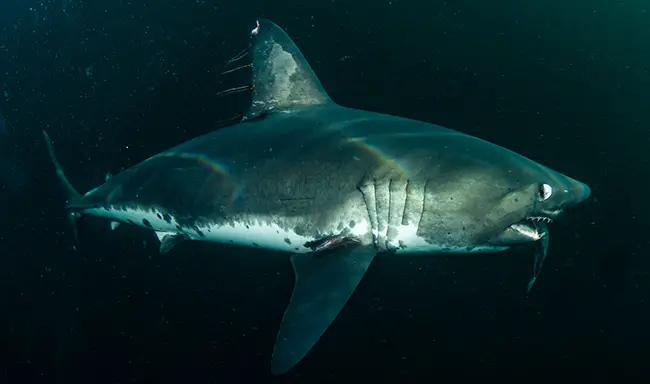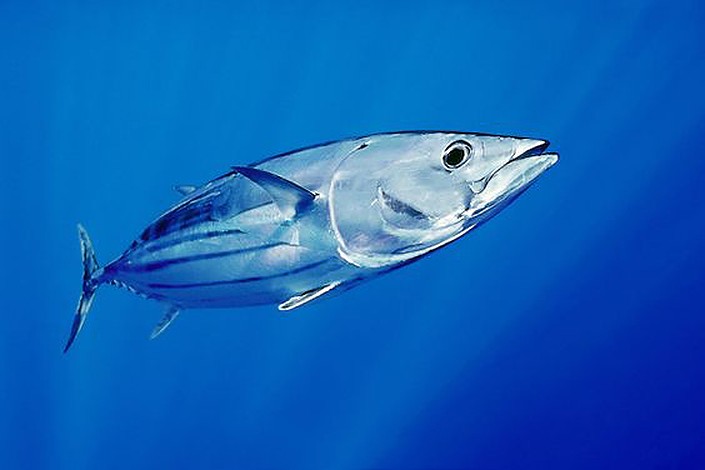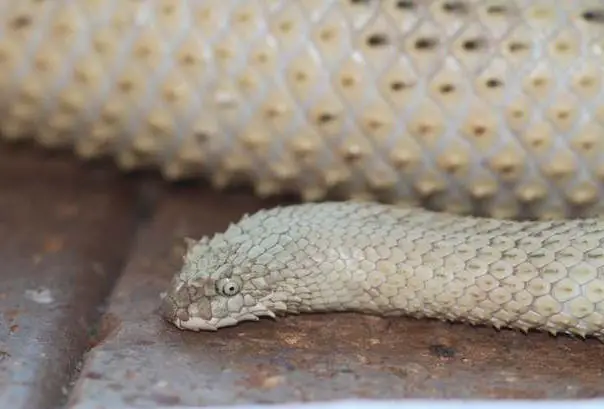| Scientific Name: | Negaprion brevirostris |
| Kingdom: | Animalia |
| Order: | Carcharhiniformes |
| Phylum: | Chordata |
| Family: | Carcharhinidae |
| Class: | Chondrichthyes |
| Distinguishing Features: | Stocky, yellow-colored shark with second dorsal fin almost as massive as the first |
| Habitat: | Coastal waters of the Atlantic and Pacific of the Americas |
| Average Size: | 2.4 to 3.1 m (7.9 to 10.2 ft) |
| Diet: | Carnivorous, preferring bony fishes |
| Conservation Status: | Lemon Shark is Near threatened |
| Lifespan: | 27 years in the wild |
Fact about lemon shark
The lemon sharks can also be called (Negaprion brevirostris). The name lemon shark is gotten from its yellow to brown dorsal color, which helps to disguise the fish over a yellowish-gray seabed. Although the lemon shark is powerful, vast, and carnivorous, but does not pose a risk to humans.

Description of the Lemon Shark
In addition to its color, the easy way to discover a lemon shark is through its dorsal fins. In this species, each dorsal fins are triangular and approximately the same length as the other. The shark has a flattened head that is electroreceptors and a short snout. Lemon sharks are large and heavy fish; they usually weigh 90 kg (200 lb) and have lengths between 2.4 and 3.1 m (7.9 to 10.2 ft). The most significant recorded length is 3.4m (11.3 ft) and weight 184 kg (405 lb).
Distribution
Lemon sharks can be discovered in the Atlantic and the Pacific Ocean, starting from Baja California to Ecuador and New Jersey to southern Brazil. They may also be observed off the western coast of Africa. Even though there are a few disputes about whether these sharks are a subspecies.
The lemon sharks choose warm subtropical water along the continental shelf. Smaller sharks may be discovered in shallow water, including bays and rivers. Even as larger specimens are looking for deep ocean water. Mature sharks move from one hunting to breeding grounds.
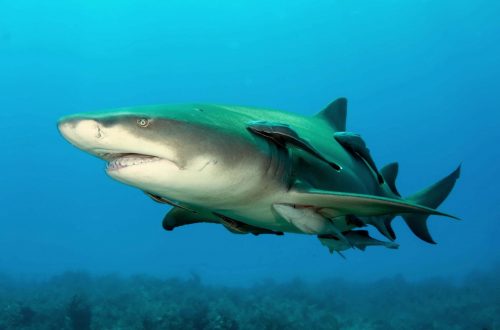
Lemon Shark Diet
Like all sharks, lemon sharks’ diet includes meat, however, they are extra selective than most regarding prey. Lemon sharks pick abundant, intermediate-sized prey that likes bony fish to cartilaginous fish, squids, and crustaceans. In some situations, cannibalism has been reported, primarily related to juvenile specimens.
Lemon shark known for feeding frenzies. The shark speeds to its prey use pectoral fins to break itself, after which jabs forward to seize prey and shake loose chunks of flesh. Other sharks are drawn to the victim by blood and different fluids and by sound.
Sharks are most likely hunting at night and track prey by using olfactory sensing and electromagnetic.
Social Behavior of Lemon Shark
Lemon sharks are social creatures that form species based on similar size. The benefits of social behavior consist of courtship, protection, hunting, and communication. Disadvantages include parasite infestation, competition for food, and increased risk of diseases. Lemon shark brains are similar to the ones of birds and mammals, concerning relative mass. The sharks demonstrate the ability to form cooperation, social bonds, and study from each other.
Reproduction
The sharks go back to mating grounds and nurseries when the mating season starts. Females are polyandrous, taking multiple mates presumably to avoid the struggle with males. After a year of gestation, the female gives birth to up to 18 pups. Another 12 months is required before she can mate again. Young animals live close to lagoons and reefs for refuge and protection. When they attain adulthood, around 10 to 15 years old, they migrate into deeper seas. Juvenile becomes sexually mature between 12 and 16 years of age and live approximately 27 years in the wild.

Sensory System
Like all other shark species, Lemon shark has electroreceptors that help them track prey through the electrical impulses that all living things emit.
In addition to using electroreceptors, they also have a remarkable olfactory sense through magnetic sensors in their nose. This helps make up for their very sharp vision.
Lemon Shark and Humans
Lemon sharks are not competitive toward people. Only ten sharks assaults attributed to lemon sharks had been reported in the International shark’s Attack File. None of these unprovoked bites were fatal to victims.
One of the best-studied shark species is the Negaprion breviostris. This is largely because of studies by Samuel Gruber at the University of Miami. Unlike many shark species, lemon sharks do nicely in captivity. The delicate nature of the animals makes them famous dive subjects.

